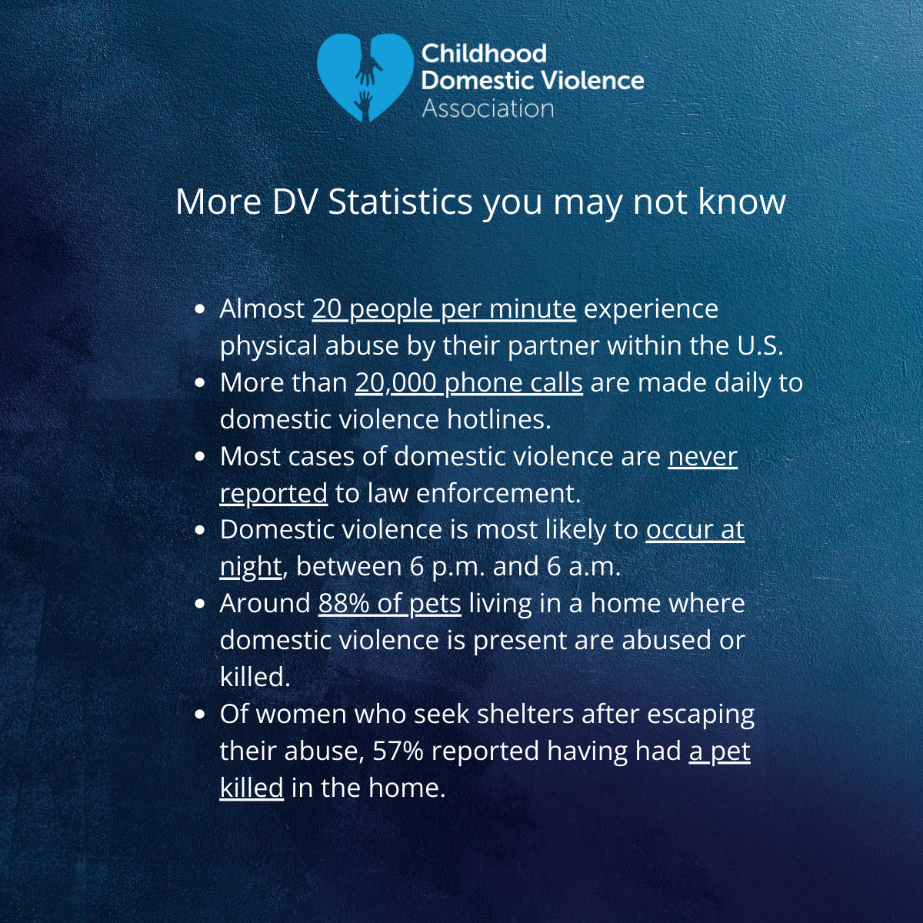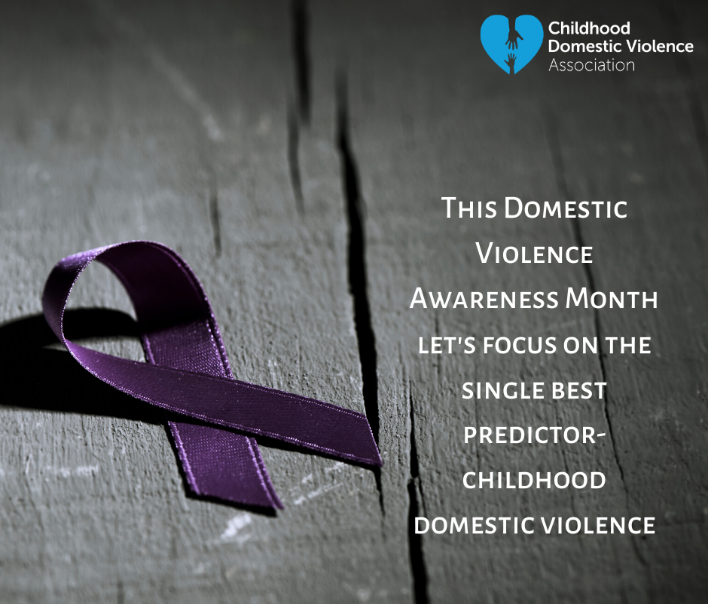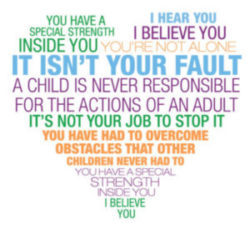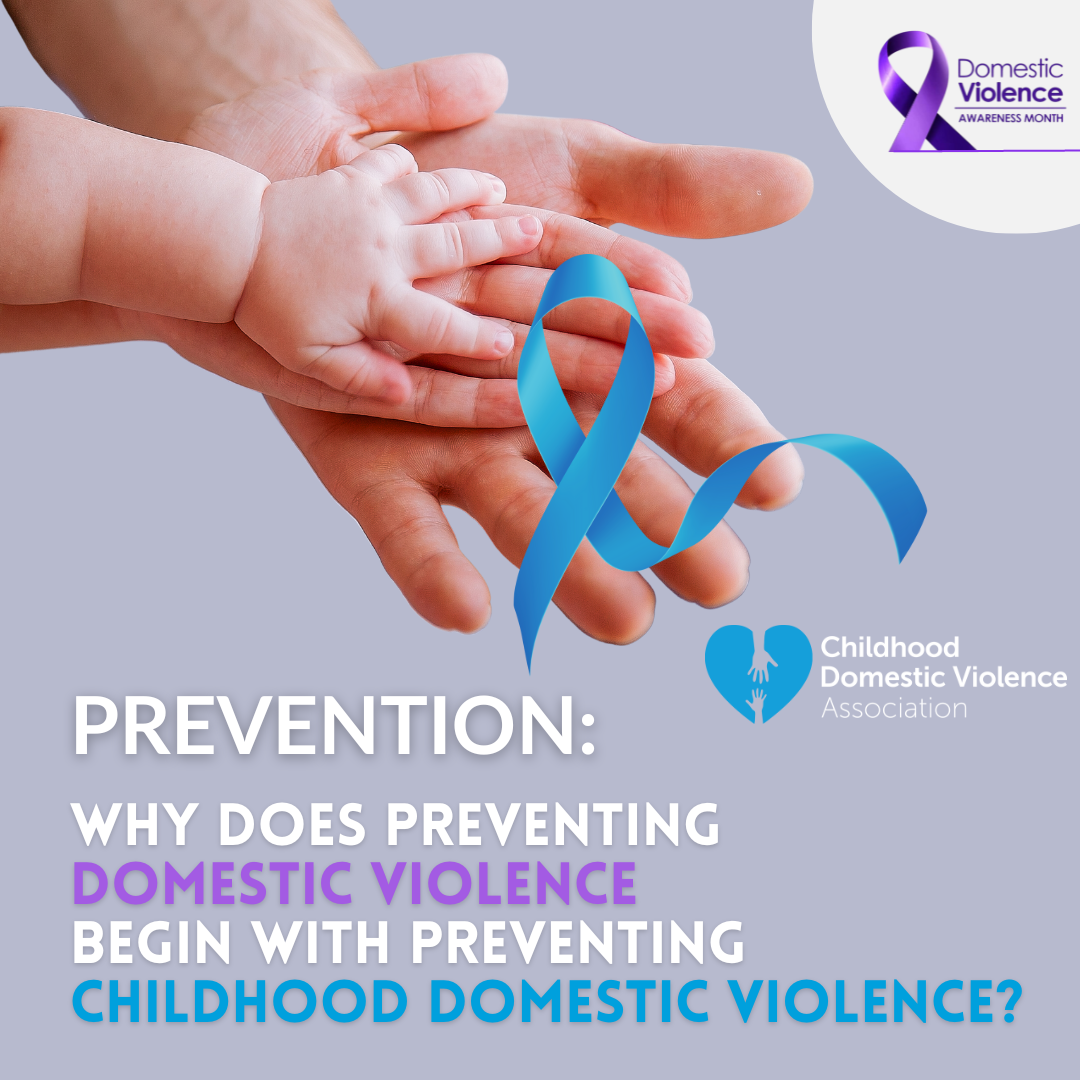Written by Shirley Sanguino and Cindy Bekesi
The single best predictor of children becoming either perpetrators or victims of domestic violence later in life is whether or not they grow up in a home where there is domestic violence ~ UNICEF
Domestic violence is a universal issue. It is worldwide and afflicts all sexes, genders, and socio-economic groups. Negative health outcomes such as conditions affecting the heart, bones, reproductive, and nervous systems are tied to domestic violence.
Domestic Violence (DV) involves many forms of abuse – physical, mental, psychological, and financial. Abusers use violence in order to gain or maintain power and control over their victims. Multiple forms of abuse for the abuser to manipulate, threaten and exert power can exist. Many people who are abused do not put a name to their violent home life. They think something is not right in the home, but they do not know that labeling may help them gain greater awareness and seek help afterwards.
Statistics show that women have to be the focus of DV services
Although DV is a universal issue discriminating against no one, it can still be a polarizing social issue. Take a look at some of these interesting and alarming statistics to understand why DV professionals and services strive to help everyone. The focus for them, due to the realities of the numbers, must be on women and their children:
- Domestic violence is the leading cause of injuries in women, ranking higher than mugging, car accidents, and rape.
- Nearly 63% of homeless women have experienced domestic violence in their lifetime.
- Around 75% of women survivors and 45% of men survivors experience an injury related to domestic violence.
- The cost related to medical care for victims is $103,707 for women and $23,414 for men.
- About 1 in 3 women report having experienced severe physical violence from a partner during their lifetime. This number is 1 in 4 for men.
- Domestic violence is not limited to women; 1 in 4 gay men, 1 in 3 bisexual men, and 3 in 10 heterosexual men will rape, physical violence, or stalking by an intimate partner.

Childhood Domestic Violence’s (CDV) distinction and connection to DV
CDV has a distinction from DV, although in the field and in studies, the two are very much related. If you grew up in a home with domestic violence, then you have faced CDV. You may not have been the one taking the blows or being yelled at, but you are that child that saw it, lived it and felt it. You are also the adult now that may continue to live with many of the same mental and physical setbacks that impacted your parent, caregiver or sibling being targeted when you were a child living in that home.
CDV can be viewed in a way as the beginning of DV for some families. The first generation of children that grew up with CDV, often become adults who continue the cycle, inflicting violence, and unfair power on the family unit. This is not a given, but the odds increase substantially for these adults to continue the cycle of violence unknowingly or knowingly.
Because of this CDV does not polarize by gender or any other means. It impacts the children in these violent homes – boys and girls alike. Women experience more domestic violence- are more often the victims. To help these women and their children in the future, using CDV as the means to make connections to DV can help curb the pattern of boys becoming future perpetrators of DV.
 |
“So, if we don’t address Childhood Domestic Violence, how can we solve the problem of domestic violence? It’s like trying to solve lung cancer without addressing the problem of smoking.” ~ Brian F. Martin, Founder of Childhood Domestic Violence Association |
Preventing the cycle of violence must start and hopefully end in childhood
Children can face a tough reality growing up with childhood domestic violence. It can impair their minds and bodies, impacting all areas of their life, inside and outside of the home. Post-traumatic stress disorder (PTSD) can be a short-term effect on children who grow up with domestic violence. Over the long term, exposure to domestic violence can increase children’s risk for depression, low self-esteem, and intimate partner victimization, among other risks.
Statistics for children experiencing CDV include:
- Between 30-60% of domestic violence perpetrators also abuse children in the home.
- Children exposed to violence in the household are 15 times more likely to be physically or sexually assaulted in their lifetimes.
- 9.4% of high school students reported being physically assaulted by their partner in some way in the previous 12 months.
- Boys who witness domestic violence are twice as likely to abuse their partner or children in the future.
These statistics show that children face major traumas as children, and face short-term issues including being abused themselves. What these statistics also show is the long-term consequences as they age out of their childhood home.
This connects back to the root of CDV being that link that predicts what may happen to these children of CDV as adults. They are more likely to be either a perpetrator or victim of DV. As children age, aggression issues can result in teen dating DV. Boys who grow up with CDV are more likely to act out on their partners, or their children as noted in the above statistics.
What are some ways to address CDV and combat future domestic violence for these children?
Children can be resilient when faced with adversity. But they do need help and guidance. Very important is communicating with a child:
- They need to feel safe – this may even be for a parent to sever the family but in either case, the child needs to learn about healthy relationships
- They need to know they are not alone and that there is hope and chance for them to have happiness, regardless of their home life now
- They need to know the violence in the home is not their fault and cannot stop it on their own. They are not responsible for actions of adults in that home
- They need to be shown various outlets that they will find pleasure in but also build coping skills – these can include hobbies, sports, social activities or clubs
At times, more is needed, but starting to just talk to a child is a good start. Finding outside support is also very helpful and would be the next step to be taken – both child and parent/caregiver need to build trust with others – this may include family outside of the home, professionals such as teachers and school counselors.
Therapy such as Cognitive Behavioral Therapy can also provide guidance on retraining the mind of a child to change negative thought patterns to positive ones and help children cope with stress and anxiety.
Being THE ONE to support a child living with domestic violence (DV) – there is no greater action that can change a child’s life for the better
As a parent or caregiver, you may be that important and caring person in your child’s life. For many children, unfortunately, this may not be possible. But any caring adult can be the one person that can step in and change the trajectory of a child’s life for the better.
| CDVA has the Change A Life program, which is our free online program. With about an hour of your time, you will be provided concrete steps to offer support and hope to a child at risk along with many additional resources and information you will continue to find helpful. |  |
It is a small act such as this that can make a big impact. By focusing on the children living with domestic violence, society can shift the path of these children, unlike generations before, that did not have the level of awareness that exists now.
And that awareness is not nearly enough yet, but every new person that takes the step of learning about the connections of DV to CDV and understanding how one can be a predictor of the other will help curb domestic violence. Even for those who may not be THE ONE for a child, knowledge and awareness is power. Sharing, talking, knowing would seem inconsequential on its own and on your own. Though collectively, these small steps bring us closer to eliminating domestic violence once family, one child at a time.
Stay with us and continue to help spread awareness of childhood domestic violence.

